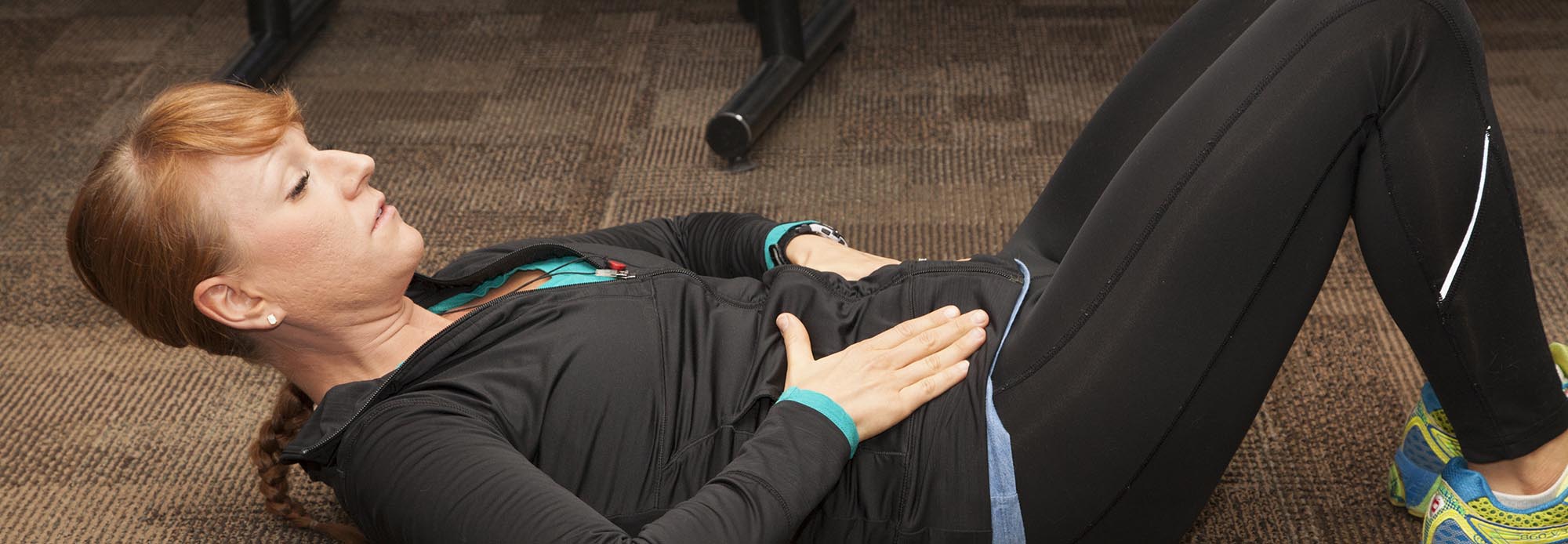After pregnancy, your abdominal muscles have a lot of recovering to do. They stretched and strained to support your growing baby and internal organs. It will take time for them to heal.
If you think you still look pregnant several months after giving birth despite healthy eating and exercise, your lingering belly bump may be caused by diastasis recti—separated abdominal muscles after childbirth.
Pregnancy hormones and an expanding tummy can cause the connective tissue between the left and right side of your abdominal muscles (abs) to weaken and separate. Up to 60% of women have diastasis recti for weeks or months after delivery.
While everyone’s abs stretch during pregnancy, not everyone develops diastasis recti. Risk factors include:
- Having a thin, petite frame
- Carrying twins or multiples
- Later-in-life pregnancy
- Previous pregnancies
- Weak abdominal muscles
- Slouching or poor posture
While you may be eager to hit the gym to get your shape back, you should avoid crunches, sit-ups, pushups and planks until your abs are healed. Your doctor can provide safe exercises to strengthen the abdominal muscles and lower back.
Common Signs of Diastasis Recti
When abdominal muscles become weak or separated, it can cause a variety of symptoms, including:
- Constipation
- Dome-like belly bump when contracting or straining your abs—you may notice it when sitting up in bed, bending or lifting something heavy
- Hip or pelvic pain
- Lower back pain
- Slouching posture
- Sudden urges to pee or leaking urine
In severe cases, women develop a hernia where fat or intestine bulges through the gap between your muscles, causing a visible bump near your belly button.
Diagnosis of this common condition can be done in your doctor’s office. We’ll carefully examine your stomach, checking for gaps or bulges. We may use an ultrasound on your belly to get a better look. Gaps between your muscles that are wider than 2 cm are considered diastasis recti.
Treating Diastasis Recti
One easy exercise to do at home is called diaphragmatic breathing or belly breathing. It involves using your whole abdomen while breathing. Follow these simple steps at home:
- You can stand, sit or lie down. Keep your back as flat as possible.
- Take a very deep breath. Slowly exhale, pulling your belly in and back toward your spine. Use your stomach muscles to hold it there.
- While holding in your stomach, take small breaths in and out for two to three minutes.
- Release your belly and repeat for up to 10 minutes, three or four times per day.
Talk with your doctor about when it’s safe to take on more intensive exercise. A healthy diet and plenty of water can also help you get back to feeling like your old self.
Diastasis recti is a very common condition that can be treated with time and expert care. If you’re unhappy with your protruding belly or it’s causing you pain, our specialists can diagnose the cause of your symptoms and give you a treatment plan.

